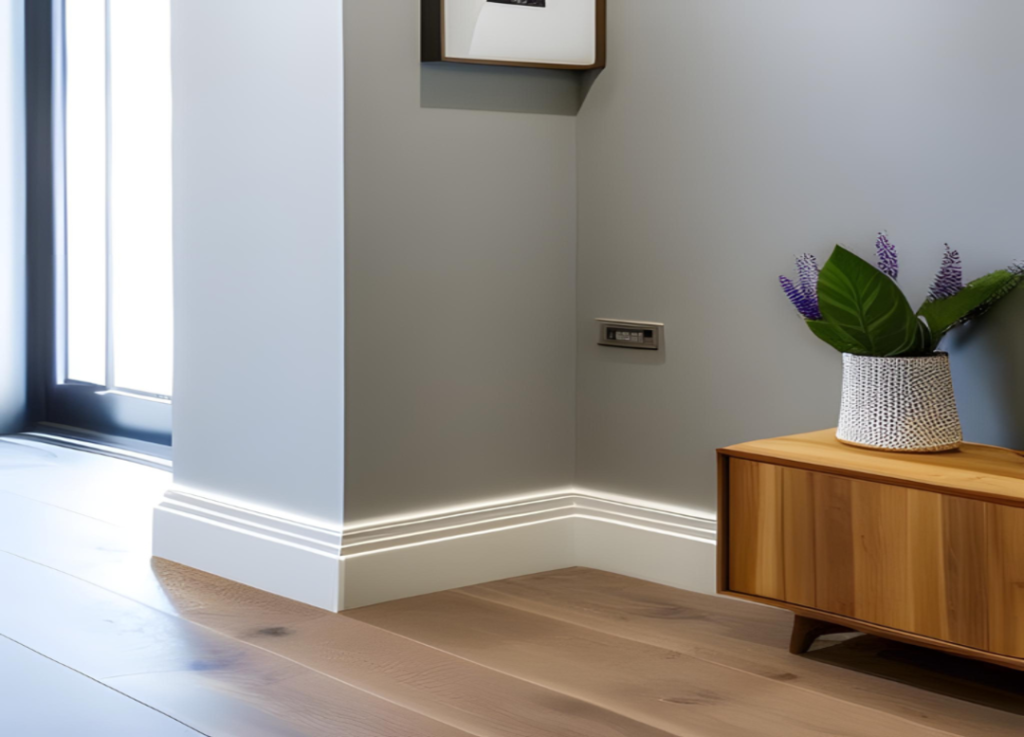Skirting boards are fundamental for adding a last little detail to a room, covering the joint between the floor and the wall. While picking between materials, Medium Thickness Fiberboard (MDF) and regular wood (like oak or pine) are normal choices. Understanding their disparities can assist mortgage holders with pursuing informed choices in view of their inclinations and necessities. The skirting board covers provide a quick and effective solution for updating or concealing existing baseboards without the need for removal.
-
Material Arrangement and Development
MDF Skirting Boards:
MDF skirting boards are made utilizing a blend of wood strands, gum, and wax, packed under high tension. This designed wood item brings about a thick and uniform board that is liberated from bunches or defects normally tracked down in regular wood. MDF boards are accessible in different profiles and thicknesses, offering adaptability in plan.
Wooden Skirting Boards:
Regular wood skirting boards, like oak or pine, are created from strong lumber. They hold the normal grain and surface of the wood, giving a customary and bona fide appearance. Wooden skirting boards are accessible in various wood species, each offering one of a kind qualities as far as variety, grain example, and solidness.
-
Stylish Allure and Flexibility
MDF Skirting Boards:
MDF boards are exceptionally flexible regarding plan and finish. They can be handily painted, stained, or veneered to match any inside stylistic layout style. The smooth and reliable surface of MDF considers perplexing itemizing and exact profiles, making them appropriate for both present day and customary insides.

Wooden Skirting Boards:
Normal wood skirting boards are valued for their regular excellence and warmth. The rich tones and unmistakable grain examples of wood add a bit of style and character to any room. Wooden skirting boards can be finished to improve the normal shade of the wood or painted to supplement existing stylistic layout.
-
Strength and Upkeep
MDF Skirting Boards:
MDF boards are designed to be solid and steady, impervious to twisting, breaking, or parting. The homogeneous design of MDF guarantees predictable execution over the long haul, making them reasonable for high-traffic regions. Upkeep includes occasional cleaning with a moist fabric to eliminate residue and soil.
Wooden Skirting Boards:
Regular wood skirting boards are innately strong and can endure mileage with appropriate consideration. They might require infrequent sanding and revamping to keep up with their appearance and safeguard against dampness and harm. Wooden boards are powerless to development and constriction because of changes in dampness.
The over skirting offers a practical way to enhance wall protection and insulation by installing additional layers above existing skirting boards.
